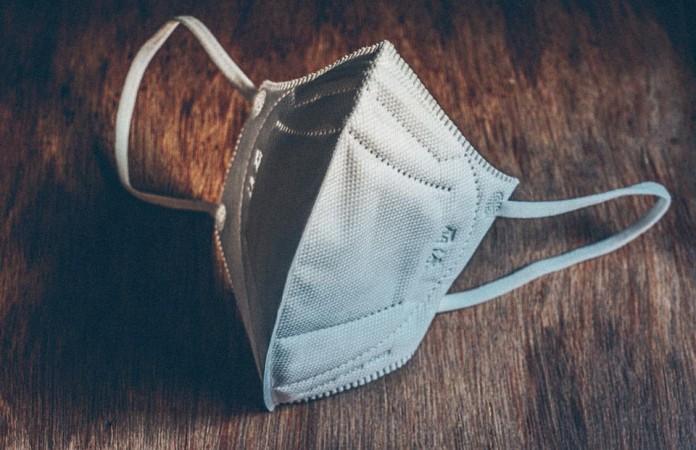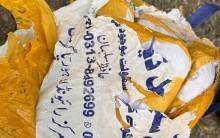With the widespread use of single-use masks during the pandemic now posing an environmental hazard, researchers have come up with a solution. A new study has proven the idea of mixing used masks into a cement mixture to make it stronger.
According to a paper published in the journal Materials Letters on April 9, medical masks include fibres that could strengthen the concrete.

The study conducted by researchers at the Washington State University found that the mixture made with mask materials was 47 percent stronger than conventional cement.
Waste masks could be a valuable commodity
"These waste masks actually could be a valuable commodity if you process them properly," said Xianming Shi, professor and interim chair of the Department of Civil and Environmental Engineering and the corresponding author of the paper.
Shi added, "I'm always looking out for waste streams, and my first reaction is 'how do I turn that into something usable in concrete or asphalt?"
Cement manufacturing is a carbon-intensive process that accounts for up to 8 percent of global carbon emissions. Microfibers are sometimes used to reinforce cement concrete, although they are pricey. Microfiber-reinforced concrete has the potential to lower the quantity of cement required for a project or extend the life of the concrete, saving both carbon emissions and money for builders and owners.
Fibers in medical masks could be valuable in the concrete industry
Disposable masks can linger in the environment for decades if they are not reused, posing a threat to the ecosystem.
The researchers created a procedure for fabricating microscopic mask fibres ranging from five to thirty millimetres and then adding them to cement concrete to strengthen and prevent cracking in their proof-of-concept work. The metal and cotton loops from the masks were removed, broken up, and put into ordinary Portland cement, the most common type of cement used throughout the world and the primary ingredient in concrete, mortar, and grout.
They combined the mask microfibers with a graphene oxide solution before mixing it with cement paste. The graphene oxide creates ultrathin layers that stick to the fibre surfaces aggressively. The fracture energy that might otherwise contribute to microscopic cracks in the concrete is absorbed or dissipated by such mask microfibers. These small flaws would eventually lead to larger cracks and the material's failure if the fibres were not there.
The researchers are conducting more studies to see if the graphene oxide-treated microfibers can help improve the durability of concrete and protect it against frost damage and deicing chemicals used on roads.
They also plan to use this technique to encourage the collection of other polymer items, such as abandoned clothing.











